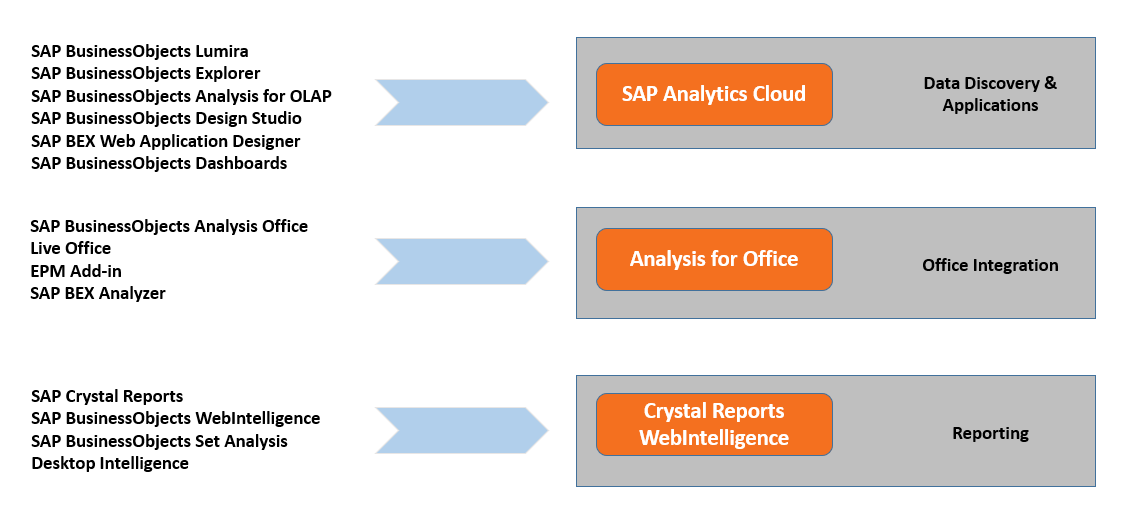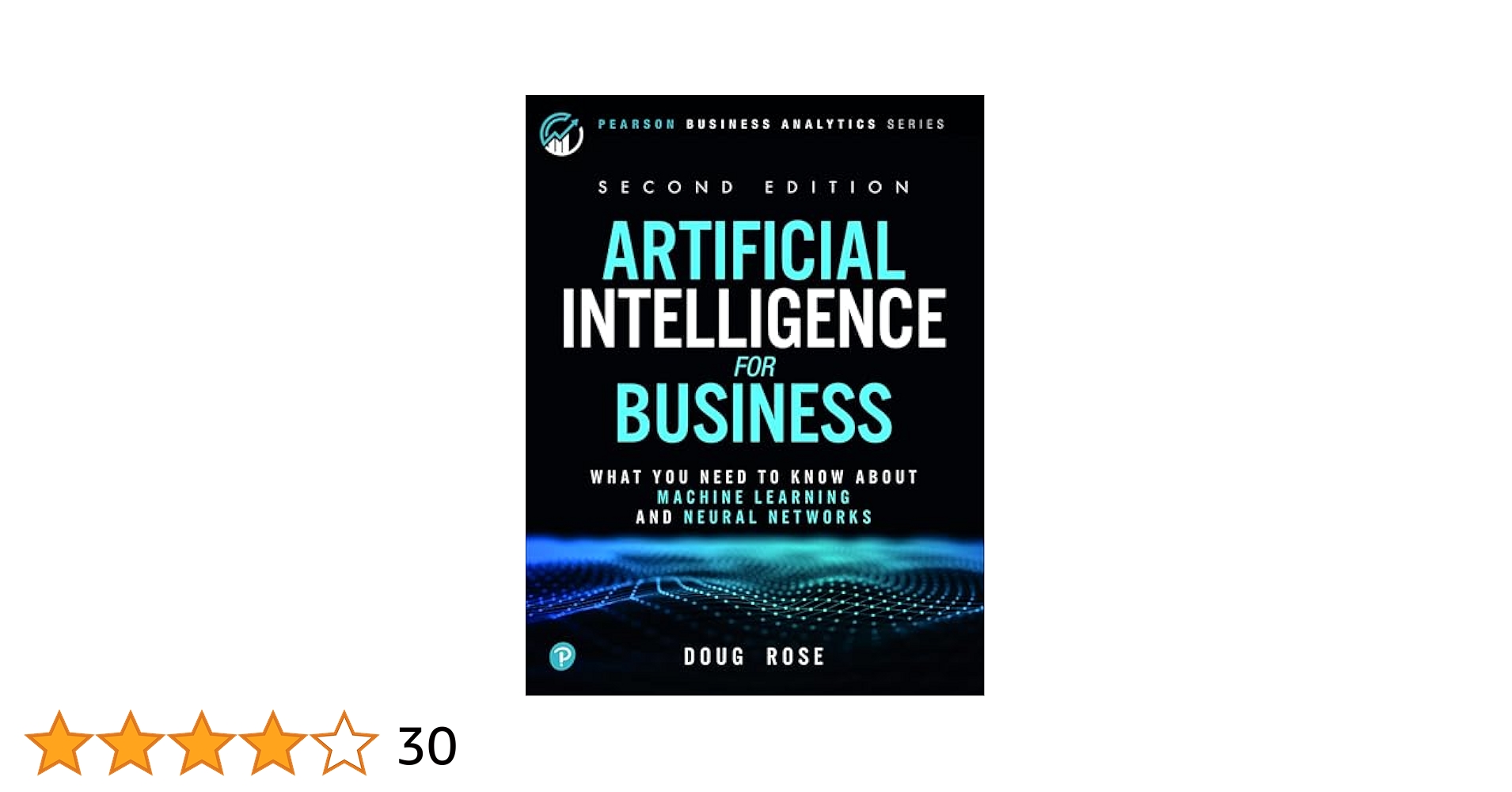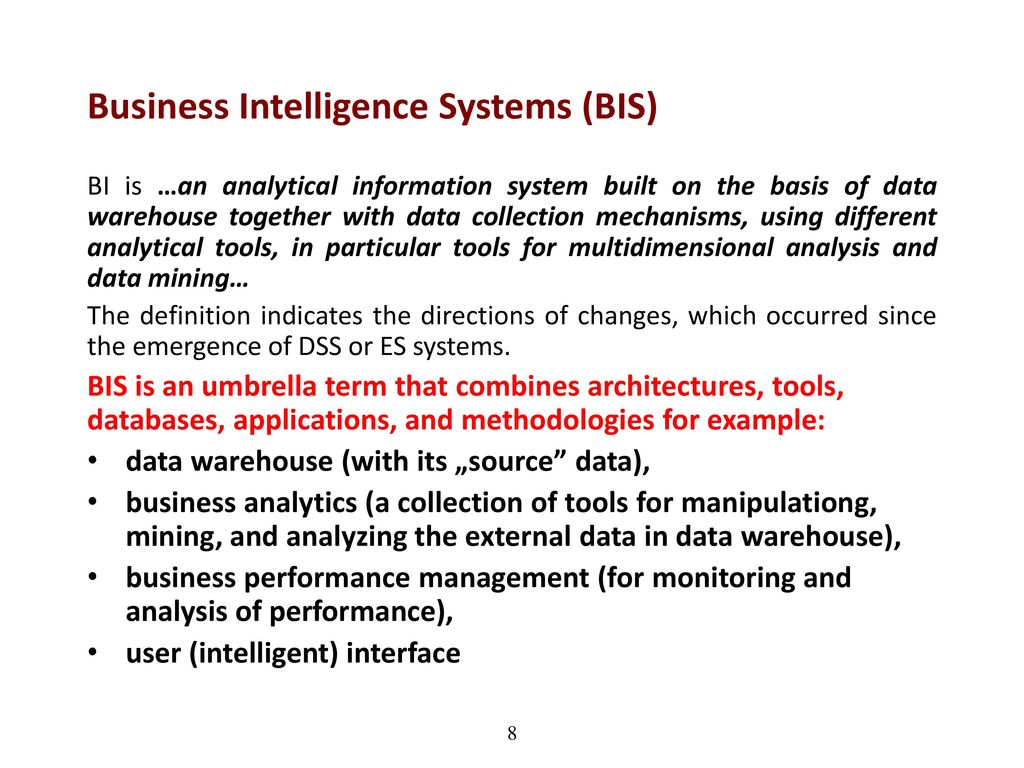Introduction
If you’ve had the misfortune of being in a car accident, you know that pain can be a real pain in the neck—literally. One of the most common complaints after a car accident is lumbar pain, which is pain in the lower back. This type of pain can range from mild to severe and can make it difficult to perform everyday activities, such as sitting, standing, or walking. But what causes lumbar pain after a car accident? And what can you do to relieve it?
Causes of Lumbar Pain
There are several possible causes of lumbar pain after a car accident. One of the most common causes is a whiplash injury. Whiplash occurs when the head is suddenly and forcefully thrown back and forth, which can strain the muscles and ligaments in the neck and back. Another common cause of lumbar pain is a herniated disc. A herniated disc occurs when the soft, jelly-like center of an intervertebral disc pushes through the tough outer layer of the disc. This can put pressure on the nerves in the spine, causing pain, numbness, and weakness.
In addition to whiplash and herniated discs, other possible causes of lumbar pain after a car accident include:
The type of lumbar pain you experience will depend on the severity of your injuries. If you have mild pain, you may only notice it when you perform certain activities, such as sitting for long periods of time or lifting heavy objects. If you have more severe pain, you may have difficulty performing everyday activities, such as walking or standing. In some cases, lumbar pain can even be debilitating.
Lumbar Pain After a Car Accident: A Bone-jarring Experience
If you’ve ever been unfortunate enough to experience lumbar pain after a car accident, you know it can be a real pain in the… well, back. But what exactly causes this throbbing, aching misery? Buckle up, because we’re delving into the anatomy of lumbar pain and how those pesky car crashes can trigger it.
Causes of Lumbar Pain After a Car Accident
Imagine your car as a rollercoaster hurtling through traffic. When you slam on the brakes or get rear-ended, your body is subjected to some serious forces. These forces can wreak havoc on your lumbar spine, the lower part of your back.
The impact of the accident can put excessive strain on your lumbar muscles, ligaments, and bones. Think of it like a tug-of-war between your body and the forces of the crash. And just like in any tug-of-war, something’s gotta give. In this case, it’s often your lumbar tissues that end up taking the hit.
The result? Ouch! Lumbar pain can range from a dull ache to a sharp, stabbing sensation. It can make it tough to sit, stand, or even walk. And if the pain persists, it can become a chronic problem that puts a damper on your everyday life.
Lumbar Pain After Car Accident: A Guide to Causes, Symptoms, and Treatment
After the impact of a car accident, the body can experience a range of injuries, one of the most common being lumbar pain. The sudden and forceful jolts associated with the collision can strain or damage the delicate structures of the lower back, leading to debilitating discomfort. This article delves into the causes, symptoms, and treatment options for lumbar pain after a car accident, providing valuable information for those who are struggling with this prevalent condition.
Causes of Lumbar Pain After a Car Accident
The abrupt forces exerted on the body during a car accident can result in various types of injuries to the lumbar region. These include:
-
Muscle strains: The sudden impact can overstretch or tear the muscles surrounding the lumbar spine, causing pain and stiffness.
-
Ligament sprains: The ligaments that connect the vertebrae can be stretched or torn, leading to instability and pain in the lower back.
-
Disc herniation: The discs that cushion the vertebrae can be forced out of place, pressing on the nerves and causing pain, numbness, and weakness.
-
Vertebral fractures: In severe accidents, the vertebrae themselves can be fractured, resulting in intense pain and potentially serious complications.
Symptoms of Lumbar Pain After a Car Accident
The symptoms of lumbar pain after a car accident can vary depending on the severity of the injury. Common symptoms include:
-
Pain: The pain can be sharp, stabbing, or dull and aching. It may be worse with certain movements or positions.
-
Stiffness: The lower back may feel stiff and difficult to move, especially after prolonged periods of sitting or standing.
-
Decreased range of motion: The range of motion in the lower back may be limited, making it difficult to bend, twist, or lift objects.
-
Numbness or tingling: The nerves in the lower back can be compressed or irritated, causing numbness or tingling sensations in the buttocks, legs, or feet.
-
Weakness: The muscles in the lower back may be weakened, making it difficult to perform everyday activities.
Treatment Options for Lumbar Pain After a Car Accident
The treatment for lumbar pain after a car accident will depend on the underlying cause and severity of the injury. Common treatment options include:
-
Rest: Getting plenty of rest can help the injured tissues to heal.
-
Ice: Applying ice packs to the lower back can reduce inflammation and pain.
-
Heat: Applying heat to the lower back can help to relax the muscles and reduce stiffness.
-
Medication: Over-the-counter pain relievers, such as ibuprofen or acetaminophen, can help to reduce pain and inflammation.
-
Physical therapy: Physical therapy exercises can help to strengthen the muscles and improve range of motion in the lower back.
-
Chiropractic care: Chiropractic adjustments can help to align the spine and reduce pain.
-
Surgery: In severe cases, surgery may be necessary to repair damaged tissues or remove a herniated disc.
Lumbar Pain After a Car Accident: A Shadow Lurking
Whoa, hold your horses! If you’ve been in a car accident and your lower back is screaming at you, take a deep breath. We’ve got you covered. Lumbar pain, the bane of many a post-accident existence, can be a real pain in the… well, back.
Diagnosis of Lumbar Pain After a Car Accident
When you hobble into the doctor’s office, brace yourself for the detective work. They’ll give you the once-over, from head to toe, asking a million questions about your accident and your pain. It’s like a medical CSI, trying to piece together the puzzle of what went wrong.
Physical Examination
Prepare for the hands-on portion of your checkup. The doc will do some fancy footwork, checking your posture, range of motion, and reflexes. They’ll press and prod at your spine, looking for any tender spots or spasms. It’s like a dance, but with fewer sequins and more pain.
Medical History
Time to spill the beans about your medical history. Do you have a history of back problems? Been in any other accidents? The doctor needs to know the whole shebang to narrow down the culprit behind your lumbar pain. They’re detectives, after all, piecing together the clues.
Imaging Tests
If the physical exam and medical history leave the doc scratching their head, they may pull out the big guns: imaging tests. X-rays, CT scans, and MRIs can reveal hidden injuries, such as fractures, herniated discs, or nerve damage. Consider them the magnifying glass for your spine.
Diagnosis
Based on all the evidence gathered, the doctor will give you a diagnosis. It could be a muscle strain, a ligament sprain, or a more serious injury. Once you have a diagnosis, you can start the road to recovery. Think of it as the first step in a journey to reclaim your pain-free back.
Lumbar Pain After a Car Accident: A Guide to Treatment, Recovery, and Prevention
After a car accident, lumbar pain is no laughing matter – it can be a real pain in the back! The discomfort can range from a dull ache to sharp, shooting sensations, making even simple movements a chore. This type of pain is often caused by injuries to the muscles, ligaments, or bones in the lower back.
Causes of Lumbar Pain
When a car is involved in an accident, the impact can cause the body to be suddenly and forcefully jerked around. This sudden movement can put excessive strain on the lumbar spine, leading to injuries such as sprains, strains, or herniated discs. In some cases, more severe injuries like fractures or nerve damage can also occur. If you’re experiencing lumbar pain after a car accident, consulting a healthcare professional is crucial to determine the underlying cause and receive appropriate treatment.
Treatment of Lumbar Pain After a Car Accident
The road to recovery from lumbar pain after a car accident can vary depending on the severity of the injury. Treatment options may include:
Medication
Over-the-counter pain relievers, such as ibuprofen or acetaminophen, can help reduce inflammation and alleviate pain. In some cases, prescription pain medication may be necessary to manage more severe discomfort.
Physical Therapy
Physical therapy can help strengthen the muscles around the lumbar spine, improve range of motion, and reduce pain. A physical therapist will design a personalized exercise program to suit your specific needs.
Chiropractic Care
Chiropractors use spinal adjustments to address misalignments in the spine that may be contributing to lumbar pain. These adjustments can help restore proper function and reduce nerve irritation.
Alternative Therapies
Some people find relief from lumbar pain through alternative therapies like acupuncture, massage therapy, or yoga. These methods can promote relaxation, improve circulation and ease muscle tension.
Lifestyle Modifications
Making healthy lifestyle choices can play a significant role in managing lumbar pain. Maintaining a healthy weight, exercising regularly, and practicing good posture can all help protect the lumbar spine and prevent future pain. Quitting smoking is also beneficial, as nicotine can slow down healing and worsen inflammation.
Seeking Legal Advice
If your lumbar pain is the result of a car accident that was caused by another driver’s negligence, you may have legal options to pursue compensation for your injuries. Consulting an experienced attorney can help you understand your rights and ensure that you receive fair compensation for your pain and suffering.
Conclusion
Experiencing lumbar pain after a car accident can be a distressing and disruptive experience. However, with proper medical attention and a commitment to treatment, most people can recover and regain their mobility. By following the advice provided in this article and seeking professional help when needed, you can effectively manage your lumbar pain and get back on the road to a healthy and active life.
Lumbar Pain After Car Accident: Prevention and Treatment
Lumbar pain is a common problem after a car accident. It can be caused by a number of factors, including the impact of the crash, whiplash, or muscle strains. Symptoms of lumbar pain can range from mild to severe, and can include pain, stiffness, and numbness in the lower back. In some cases, lumbar pain can also lead to sciatica, which is pain that radiates down the sciatic nerve into the leg.
Prevention of Lumbar Pain After a Car Accident
There are a number of things you can do to prevent lumbar pain after a car accident, including:
Treatment of Lumbar Pain After a Car Accident
There are a number of treatments that can help to relieve lumbar pain after a car accident. These treatments may include:
When to See a Doctor
It is important to see a doctor if you have lumbar pain after a car accident. This is especially true if the pain is severe or does not improve with self-care measures. A doctor can help to determine the cause of your pain and recommend the best course of treatment.




Leave a Reply